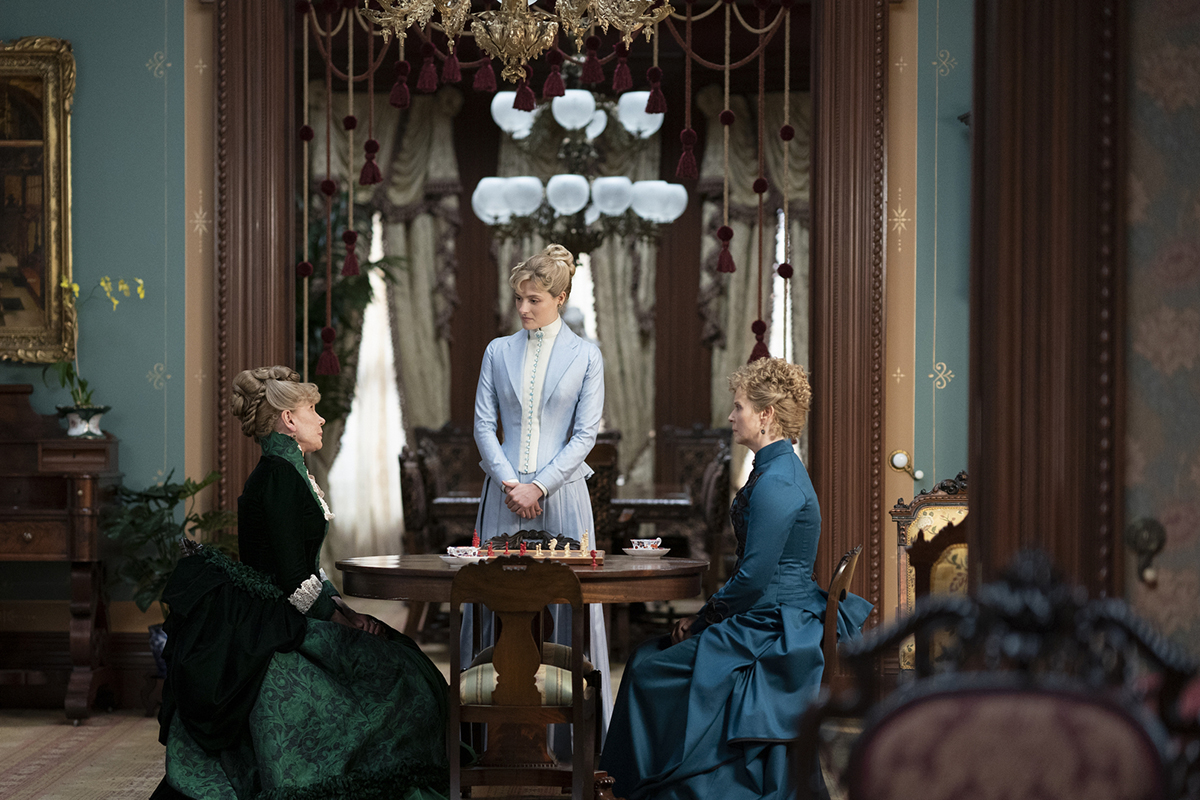The Gilded Age, spanning from the 1870s to the early 1900s, was a period marked by industrial growth, extravagant wealth, and opulent lifestyles. As I delve into the world of Gilded Age decor, I can’t help but feel a sense of awe at the creativity and craftsmanship of that era. This article will explore the essence of Gilded Age decor, its historical context, key features, and practical tips for incorporating this luxurious style into your home.
Understanding the Gilded Age
The term “Gilded Age” was coined by Mark Twain and Charles Dudley Warner in their 1873 book to describe the era’s surface glitter that masked vast social problems and inequalities beneath. It was a time of significant transformation in America, characterized by rapid industrialization, urbanization, and a rise in consumer culture.
The Historical Context of Gilded Age Decor
As wealthy industrialists, financiers, and entrepreneurs amassed fortunes, they invested in grand homes filled with luxurious furnishings and decorative arts. The wealthy elite sought to showcase their wealth and status through their homes, often modeled after European styles. The result was a unique blend of eclectic design elements that defined Gilded Age decor.

Key Influences on Gilded Age Decor
- Victorian Architecture
- European Rococo and Baroque Designs
- Arts and Crafts Movement
- Chinese and Japanese Aesthetics
Key Features of Gilded Age Decor

Gilded Age decor is characterized by its lavishness and attention to detail. Below are some of the main elements that define this opulent style:
1. Ornate Furnishings

Furniture from this era often featured intricate carvings and luxurious fabrics. Heavily upholstered pieces in rich colors were common, and materials like mahogany, cherry, and walnut were frequently used.
Comparison of Materials Used
| Material | Characteristics | Common Uses |
|---|---|---|
| Mahogany | Durable, reddish-brown wood | Tables, chairs, cabinets |
| Cherry | Warm, reddish hue, ages beautifully | Dressers, desks, trim |
| Walnut | Dark, rich color, highly sought after | Heirloom furniture, decorative accents |

2. Bold Color Palettes
Gilded Age decor often incorporated rich jewel tones such as emerald green, royal blue, deep burgundy, and gold accents. These colors helped to create an atmosphere of grandeur.

3. Elaborate Textiles and Wallpaper
Heavy draperies, ornate upholstery, and patterned wallpapers were staples of Gilded Age interiors. Damask, brocade, and silk were commonly used to create luxurious surfaces.

Popular Textile Patterns
- Damask
- Floral Motifs
- Stripes
- Geometric Patterns
4. Decorative Arts and Accessories
From opulent chandeliers to intricate porcelain figurines, decorative arts played a crucial role in Gilded Age decor. Accessories like mirrors, tapestries, and statues were key to showcasing wealth and taste.
Notable Decorative Art Forms
- Painted Porcelain
- Bronze and Gilt Sculptures
- Hand-Crafted Glassworks
Incorporating Gilded Age Decor into Your Home
If you’re inspired by the lavishness of Gilded Age decor and wish to incorporate it into your home, here are some practical tips that reflect my own experiences in creating such an environment.
1. Start with a Color Scheme
Begin by selecting a rich color palette that resonates with the Gilded Age aesthetic. Consider deep, warm tones complemented by gold or metallic accents.
2. Invest in Quality Furniture
Look for pieces that boast intricate craftsmanship. Antique shops and estate sales are great places to find original Gilded Age furniture or high-quality reproductions.
3. Use Luxurious Textiles
Opt for heavy drapes, plush upholstery, and decorative cushions. Fabrics like velvet and silk can elevate the overall ambiance of your space.
4. Adorn with Decorative Accessories
Accessorize your space with chandeliers, ornate mirrors, and decorative arts that showcase your personality while paying homage to the Gilded Age style.
5. Create a Gallery Wall
Display art pieces, vintage photographs, and decorative plates in an elegant gallery wall that tells a story about the opulence of the era.
Pros and Cons of Gilded Age Decor
Before diving into a full Gilded Age decor overhaul, it’s essential to weigh the pros and cons of this style.
Pros
- Exudes luxury and sophistication.
- Timeless design that can work in various settings.
- Unique, individualized pieces that tell a story.
Cons
- Can be expensive, especially for authentic pieces.
- Maintaining heavy fabrics and intricate details can require effort.
- May not be suitable for minimalist design preferences.
FAQs about Gilded Age Decor
What is the Gilded Age known for?
The Gilded Age is known for its significant economic growth, extravagant lifestyles of the wealthy elite, and the ornate architecture and design that emerged during this time. It was a period marked by industrialization and a display of wealth through opulent decor.
How can I identify Gilded Age furniture?
Gilded Age furniture can be identified by ornate carvings, rich finishes, and heavy upholstery. Look for pieces made from high-quality woods like mahogany, cherry, or walnut, and pay attention to intricate details such as gilt accents or upholstered in luxurious fabrics.
What colors are typical of Gilded Age decor?
Typical colors include deep jewel tones such as emerald green, sapphire blue, ruby red, and gold. These colors are often used in combination to create a sense of richness and depth.
Is Gilded Age decor still relevant today?
Yes, Gilded Age decor remains relevant today, especially among those who appreciate vintage styles and luxury. It can blend beautifully with modern design elements to create a unique and personalized space.
How do I maintain Gilded Age decor?
Maintaining Gilded Age decor involves regular dusting and cleaning of textiles and decorative items. For wood furniture, using proper cleaners and polishing products will help preserve the finish. Additionally, protecting fabrics from sunlight can prevent fading.
In conclusion, Gilded Age decor offers a fascinating glimpse into an era of opulence and artistry. By thoughtfully incorporating these elements into your home, you can create a space that resonates with the timeless beauty of the Gilded Age while expressing your personal style. Embrace the elegance and let the grandeur inspire your interior design journey!